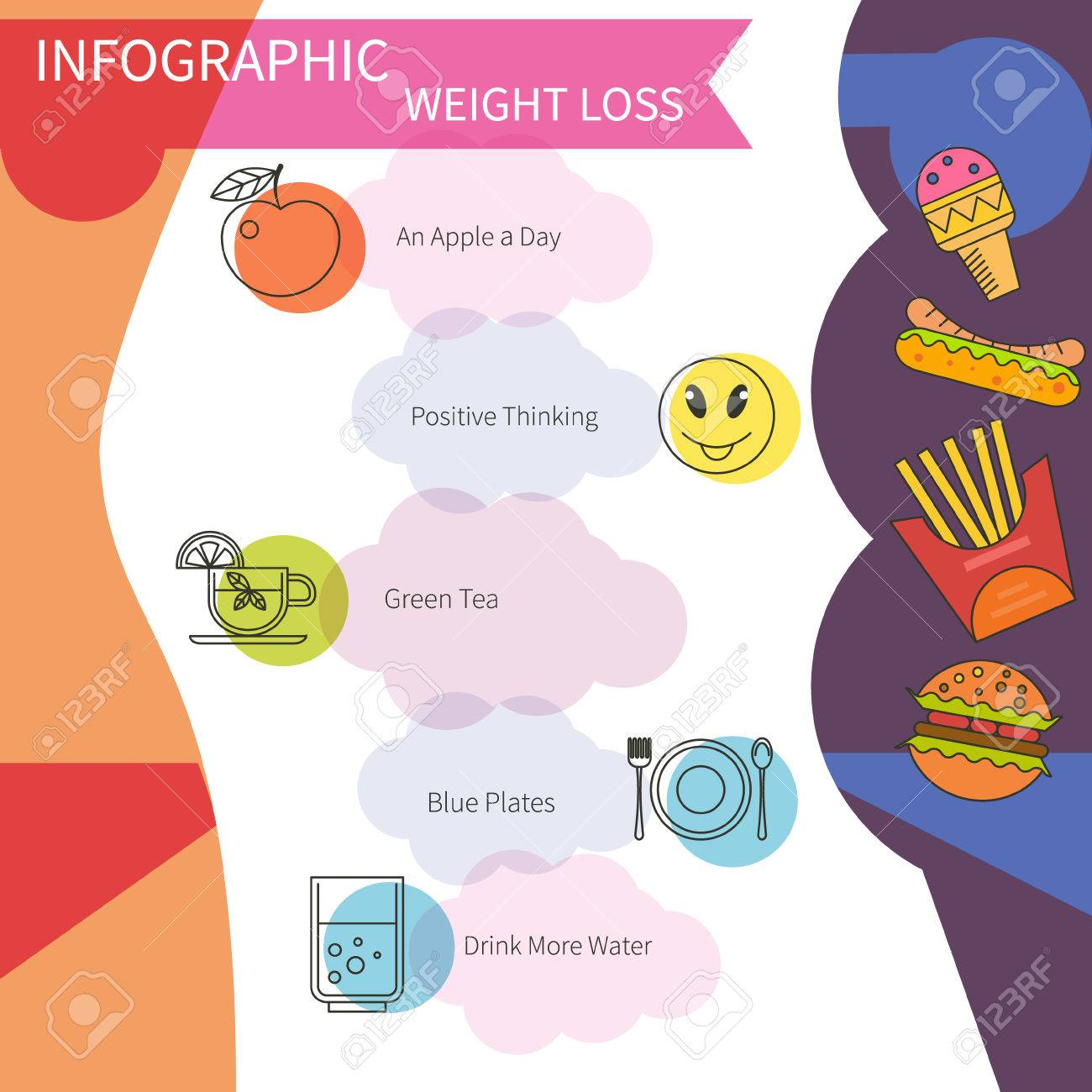The Scientific Research Behind Successful Weight Reduction Programs: What You Required To Know
The Scientific Research Behind Successful Weight Reduction Programs: What You Required To Know
Blog Article
Web Content Author-Ulriksen Spence
Weight loss is a topic that has amassed significant attention in recent times, with many programs and techniques asserting to provide the ultimate option. However, in Link Website of the sound and confusion, it is crucial to understand the scientific research behind effective weight reduction programs.
This short article intends to give a thorough summary of the crucial concepts that underpin efficient weight management strategies. It will look into the function of calories in fat burning, expose common misconceptions surrounding weight-loss, and highlight the value of sustainable way of living modifications.
By obtaining a deeper understanding of the clinical structures of weight reduction, viewers will be geared up with the understanding required to make educated decisions regarding their very own weight management journey.
The Function of Calories in Weight Loss
The role of calories in weight loss can be understood with an extensive understanding of energy equilibrium and the significance of creating a calorie shortage.
When it pertains to weight reduction, the fundamental concept is that in order to lose pounds, you have to consume fewer calories than you shed. This creates a calorie deficit, which compels the body to take advantage of its fat stores for power.
Calories are units of power that are located in the food we consume, and they provide the gas required for the body to function. By eating less calories than your body needs, you compel it to utilize kept fat as an energy resource, inevitably resulting in weight reduction.
Therefore, tracking and regulating calorie intake is a crucial aspect of any kind of efficient weight loss program.
Debunking Common Fat Burning Misconceptions
False impressions concerning weight management frequently lead individuals to make inefficient selections when it pertains to their diet regimen and exercise regimens. https://zioneqzhq.blog-kids.com/33435830/top-fat-burning-medicines-that-actually-function is important to unmask these common weight reduction myths in order to supply accurate information and aid people make notified decisions.
Here are some widespread myths that require to be addressed:
- Misconception 1: Fad diet are the most effective means to drop weight promptly.
- Myth 2: Removing entire food teams is required for weight reduction.
- Misconception 3: Cardio is the only form of workout that aids in weight reduction.
- Misconception 4: Supplements and fat heaters are the key to losing pounds.
The Significance of Sustainable Way Of Life Changes
Lasting way of life adjustments are essential for lasting weight reduction success, as they require regular and regimented efforts. While quick-fix diets may offer short-term results, keeping weight-loss requires a change in practices and actions that can be sustained with time.
Taking on over at this website balanced and nourishing diet regimen, increasing exercise, and managing stress and anxiety levels are all vital elements of lasting way of living adjustments. It is essential to concentrate on making gradual and realistic adjustments to one's day-to-day routine, as opposed to relying on severe actions or restrictive diets.
Final thought
Finally, effective weight reduction programs depend on recognizing the role of calories, unmasking typical myths, and executing lasting way of life changes.
Just as a healthy scale stands for the relevance of calorie equilibrium, exposing misconceptions acts as a magnifying glass, revealing the reality behind weight-loss.
Finally, sustainable way of living modifications work as a compass, assisting people towards long-term success and a healthier future.
By embracing these concepts, individuals can unlock the key to accomplishing their weight management goals.
